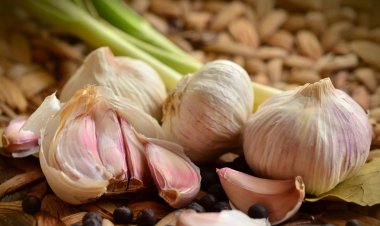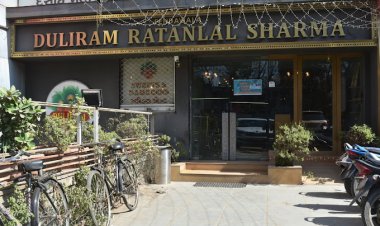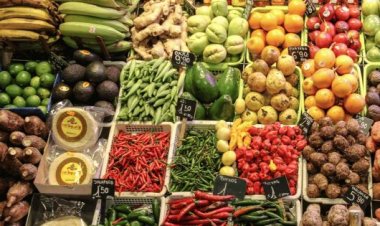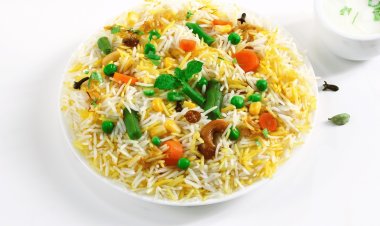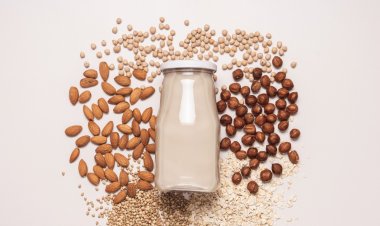Maharashtra, After Onion, Garlic Now Gets Costlier, Prices Hit Rs 400/Kg
Navi Mumbai grapples with surging garlic prices, hitting 300-400/kg due to supply shortage from Maharashtra's weather-hit regions. Consumer budgets strained as traders seek costly alternatives from Gujarat, Rajasthan, and Madhya Pradesh. Relief not expected until the arrival of the delayed new crop.
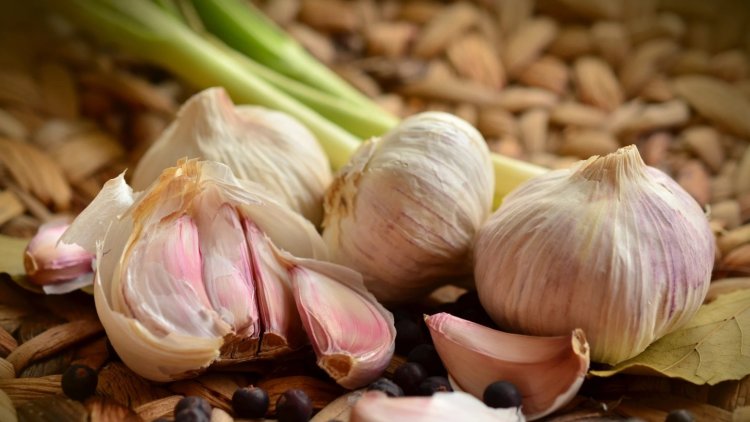
In Navi Mumbai, lasoon chutney enthusiasts and fans of garlic-infused dishes are in for a disappointment as soaring garlic prices force these items off the menu. Following the upward trajectory of onion prices, garlic rates have surged to unprecedented levels, reaching 300-400 per kilogram in the retail market. This surge is attributed to diminished supply from major producing regions in Maharashtra, specifically Nashik and Pune, due to adverse weather conditions adversely affecting the crop.
Wholesale traders from Mumbai have been compelled to seek supplies from Gujarat, Madhya Pradesh, and Rajasthan, amplifying logistical costs and local levies. The garlic price has nearly doubled in recent weeks, with traders at the APMC yard in Vashi anticipating a prolonged challenging situation.
Consumers now grapple with the impact of a revised price range, with the key bulb selling at 150-250 per kilogram in APMC wholesale yards, compared to the previous 100-150 per kilogram last month. This shift has translated to retail prices soaring to 300-400 per kilogram. The APMC wholesale yard, which typically witnesses the arrival of 25-30 vehicles daily, now only sees 15-20 vehicles.
The supply crunch is further exacerbated by a significant decline in arrivals from southern states, particularly Ooty and Malapuram. APMC traders attribute this drop to inflation, as prices have escalated compared to the previous month, creating budgetary constraints for consumers. Insufficient rainfall during the monsoon and untimely rain later have led to local supply constraints, compelling a reliance on more expensive supplies from Gujarat, Rajasthan, and Madhya Pradesh.
Traders predict that the market will not witness relief until the arrival of the new crop, which has been delayed due to unseasonal rainfall in October and November, causing crop damage. Both wholesalers and retailers engage in a blame game, contributing to the price disparity between these key stakeholders in the market chain. The impact of these price hikes reverberates through the monthly kitchen budgets of households in Navi Mumbai.
What's Your Reaction?
 Like
0
Like
0
 Dislike
0
Dislike
0
 Love
0
Love
0
 Funny
0
Funny
0
 Angry
0
Angry
0
 Sad
0
Sad
0
 Wow
0
Wow
0

























